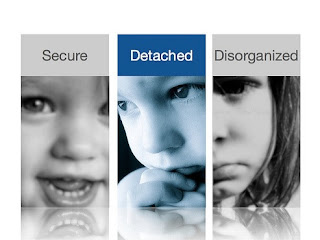Insecure Attachment and Attachment Disorders

Symptoms and Repair of Poor Attachment and Reactive Attachment Disorder— When babies and young kids have a loving caregiver consistently responding to their needs, they build a secure attachment. This lifelong bond affects growth, development, trust and the ability to build relationships. However, severely confusing, frightening and isolating emotional experiences early in life disrupts this bond, creating insecure attachment. In extreme circumstances, this can result in attachment disorders. Problems with attachment limit a youngster’s ability to be emotionally present, flexible and able to communicate in ways that build satisfying and meaningful relationships. The earlier attachment disruptions are caught, the better. However, it is never too late to treat and repair attachment difficulties. With the right tools, and a healthy dose of time, patience and love, attachment repair can and does happen. What is insecure attachment? Attachment is the process of bonding bet
